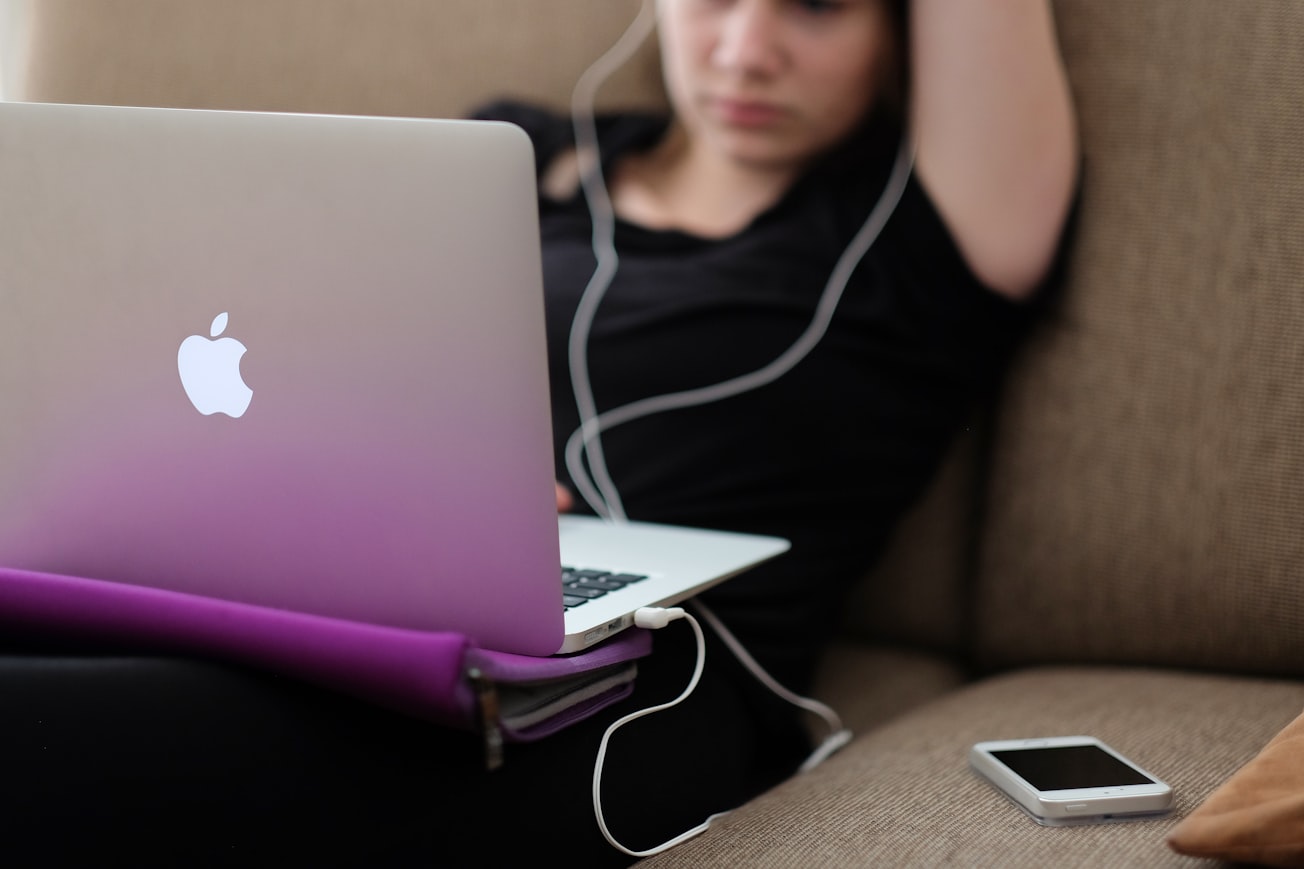What is it about?
During video lectures students' brains and eyes were simultaneously tracked, and when the teacher's image was onscreen it helped the student to do socio-emotional and cognitive processing and led to more synchronised neural patterns and better learning outcome. This was the case whether it was a human or an animated instructor onscreen.
Featured Image

Photo by Steinar Engeland on Unsplash
Why is it important?
Although the pandemic has subsided, online video learning remains prevalent in today's digitally transformed education. Our findings indicate that students are in general more motivated by the social cues of the onscreen teacher, and when socio-emotional processing of the teacher's image outweighs the costs of the image's distraction in attention, students benefit the most from the teacher's onscreen presence.
Perspectives
Why do some people learn better with music and noise in the environment while others prefer a quiet space to study? Individuals differ in how their brains process multiple pieces of information even when that information may be secondary or unrelated to the learning target. Our study reveals individual difference in learning from multimedia instructional videos.
Ping Li
The Hong Kong Polytechnic University
Read the Original
This page is a summary of: Onscreen presence of instructors in video lectures affects learners’ neural synchrony and visual attention during multimedia learning, Proceedings of the National Academy of Sciences, March 2024, Proceedings of the National Academy of Sciences,
DOI: 10.1073/pnas.2309054121.
You can read the full text:
Resources
Contributors
The following have contributed to this page










